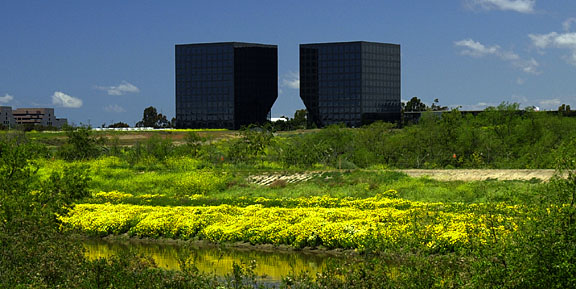Why is Steve Jobs so good at making products people want? An Apple engineer I know had this to say on September 25, 2005:
“Say what you will about SJ, but he (and/or the people he surrounds himself with) are genius. I feel part of the secret is simply having built a culture where everyone cares about things down to the smallest detail — we sure do that with some of the stuff I’m
working on now — but there’s also the quality of what I’ve always thought of as ‘yummy.’ You make a yummy little morsel of a couple of different kinds of already-existing technology and mash them together, make sure it is (deceptively) simple, and make sure the fit+finish is perfect, and use ultra-clean modern design. Still, it’s that ‘yummy’ quality that’s paramount.”
Can this be copied? Possibly not. Why?
Aesthetics and integration are organizationally thankless. They require heavy up-front investment in things that are not identifiable product features, and thus carry benefits that are hard to communicate. Integration is particularly thankless, because it requires iterative design, causing unpredictable delays and blown budgets, again in return for no specific feature. Middle managers are typically punished for such things, and learn to avoid them.
Most companies are unable to measure the benefit of aesthetics and integration. So even when these ideas can be communicated, their benefit (price premium, increased sales, increased customer satisfaction) cannot be assessed internally before release, and so there is no way to decide how much to invest. So no one else does it.
Simplicity is worth more, but appears less.Ease of use often takes the form of superficial simplicity, creating the appearance of fewer features, and thus is potentially risky to an organization unable to assess its true market impact.
Apple has invested decades in a corporate culture that values aesthetics.This is singular. Apple has been indoctrinating new hires with its aesthetic “rules” for at least twenty years, giving them a big advantage at producing products where such things are valued. Since everyone in a software company imagines himself a creative genius, it’s a huge advantage for Apple to get everyone pointed in the same direction from the very beginning. That said, it’s probably safe to say Apple’s vision is all Steve, and wouldn’t survive his departure. Similar to Akio Morita at Sony: when he passed away in 1999, the company ran down like an old battery.
To the extent Jobs’ Apple enforces a unified, simple, aesthetic design sense, it’s unreasonable to expect any other company to copy. Thus it constitutes a sustainable competitive advantage.
—
